As a budding soccer player or a seasoned professional, you know that keeping a sharp edge is crucial.
Wearable technology has emerged as a game-changer in this quest for soccer excellence. It’s no longer just about tireless practice sessions; it’s about SMART practice and efficient performance monitoring.
So, what’s the buzz about?
Soccer wearables are sophisticated gadgets designed to track a great deal of health and soccer fitness tracking metrics.
They’ve been engineered to offer insights that were once guesswork. From monitoring your heart rate during a relentless sprint to evaluating sleep patterns after a high-stakes match, these devices cover the spectrum of an athlete’s life.
Notably, the wearables are not one-size-fits-all. They’re tailor-made for soccer’s unique demands, assessing everything from distance covered to the intensity of your plays.
By wearing them, you step into a world where every heel flick and every stride is an opportunity to learn and excel and overall improvement of soccer performance.
If you’ve been on the fence about integrating technology into your training, consider this: the data garnered from wearables doesn’t just reflect your current state; it gives you the trajectory of your soccer fitness journey.
This trajectory is your roadmap to peak performance—knowing precisely where to hone your skills.
Analyzing Your Game: The Metrics That Matter
You understand the role of wearable tech in soccer.
Now, let’s focus on the specific data these devices collect. The difference between just playing the game and mastering it is often in the details – the minutiae that these wearables are designed to capture.
Metrics like heart rate, distance covered, and sprint speed provide a quantitative look at a player’s contribution on the pitch.
VO2 max, or the maximum rate of oxygen consumption, tells us about a player’s endurance. Monitoring these stats can highlight strengths to capitalize on and weaknesses to improve.
It’s not just about exertion, though. Wearables also track metrics relating to rest and recovery.
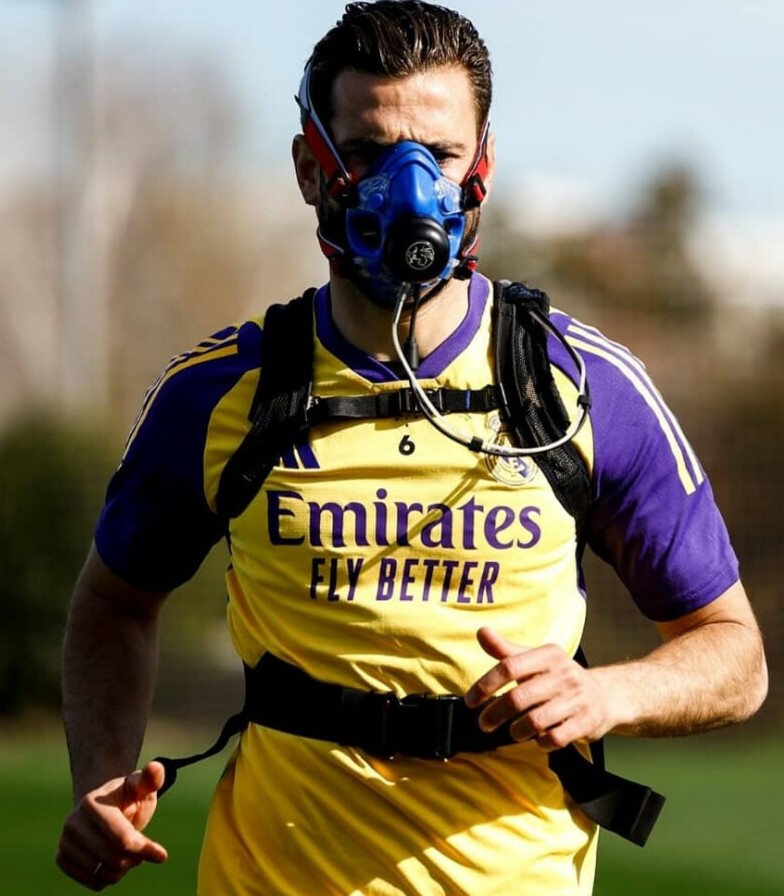 (Picture courtesy of Real Madrid page)
(Picture courtesy of Real Madrid page)
Sleep quality, muscle fatigue, and stress levels are integral to a player’s performance and longevity in the sport. By tracking these, players can find the perfect balance between training hard and recovering smartly.
But accumulating data is only useful if applied correctly. The actionable insights drawn from analytics can shape training regimens, refine skill sets, and even prevent injuries.
For example, a consistent pattern of fatigue might suggest the need for altered training loads or recovery strategies.
Take this information and consider how you might adjust your practice schedule or introduce new drills to target specific areas. By focusing on key performance indicators, you’re not just training; you’re improving soccer performance strategically, step by step.
Integrating Wearable Data for Team Success
Data harvested from soccer wearables isn’t just about individual fitness and performance; it’s also a goldmine for overall team success.
Coaches and managers are already leveraging this information to make informed decisions about training regimens, game strategies, and player rotations.
Precision in tactics can mean the difference between a win and a loss, and wearables offer that precise insight into player readiness and team dynamics.
Consider the real-world impact of data-driven decisions in soccer: A manager notices that a midfielder’s sprints diminish in the second half of games. Using data from a wearable, the manager adjusts the player’s training to enhance their stamina, resulting in a more consistent performance throughout the match.
It’s these subtle tweaks that can elevate a team to its peak performance.
Privacy and the ethical use of data are crucial. Any use of player statistics and health information must comply with privacy laws and the rights of individuals. The players, coaching staff, and management must agree on how their data is used.
Transparency in how data is collected, stored, and analyzed reinforces trust within the soccer community and upholds the integrity of the sport. Let’s move forward with a clear understanding of how to responsibly utilize this technology.
Choosing the Right Soccer Wearable for You
Investing in the right piece of wearable technology can feel much like finding the perfect pair of cleats – it should fit your game just right.
With numerous options in the market, it’s crucial to weigh your needs against the features available.
Begin with your level of play. Amateur players may look for basic fitness tracking, while professional athletes might need advanced metrics like heat maps and sprint counts. Your position on the field matters too.
For example, Liverpool center-back Virgil van Dijk has joined Cristiano Ronaldo and Beth Mead in wearing fitness tracker Whoop.
Goalkeepers often require different data than outfield players. Using a wearable inertial sensor attached to a goalkeeper glove. Performing a series of training exercises (e.g., dives, catches, throws).
International Football Association Board (IFAB) has recently approved the use of technology company Playermaker’s AI wearable tracker straps on football boots to provide performance data including kicking velocity, ball touches, preferred footedness, and time on the ball — as well as established physical data such as technical balance, speed, distance and changes of direction
XSEED PRO has designed wearable shin guards called XSEED, which provide advanced analysis at grassroots level as well as the professional game.
To highlight the growing prominence of the technology at the elite level, Soccerment recently announced Inter Milan wing-back Federico Dimarco as one of its key XSEED ambassadors.
Barcelona and Spain star Alexia Putellas is known to be a dedicated wearer of an Oura ring, which can monitor heart rate variability, sleep patterns and fitness levels in a single piece of jewelry.
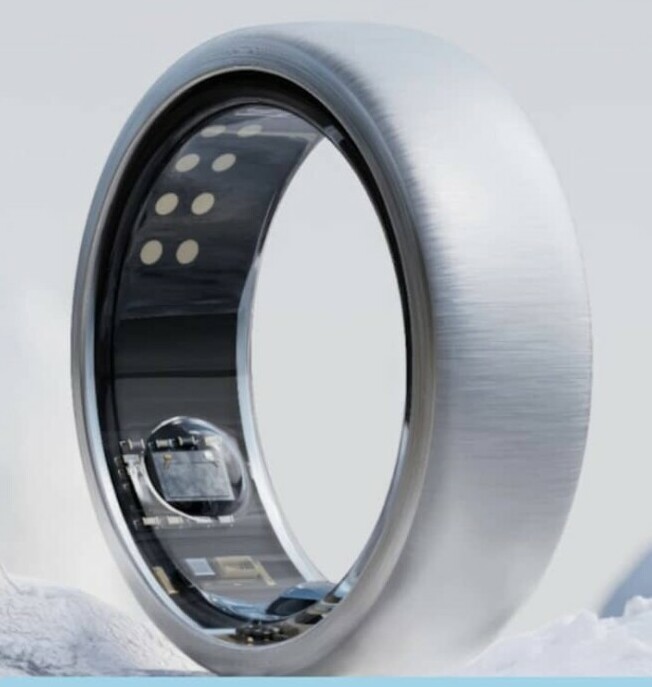 (Picture courtesy of Oura Page)
(Picture courtesy of Oura Page)
When comparing wearables, consider factors like battery life, accuracy, comfort, and whether the system integrates well with other devices you use. Look for user reviews and professional recommendations to help guide your decision.
Don’t forget the practical aspects of maintaining your device. Keep it clean and charged, familiarize yourself with the warranty, and learn how to sync data efficiently.
By doing so, you’ll ensure your wearable remains a reliable tool in your athletic arsenal.
Take away
Ultimately, the best soccer wearable is the one that elevates your game without distracting you. Find a balance between utility and simplicity – allowing the technology to blend into your routine and provide insights that propel your performance to the next level.
Which soccer wearables are you currently using and what is your experience so far??
Talk to me by leaving a message on the comment section below and I promise to get back to you.
Happy training folks
Here’s a little transparency: Our website contains affiliate links. This means if you click and make a purchase, we may receive a small commission. Don’t worry, there’s no extra cost to you. It’s a simple way you can support our mission to bring you quality content.
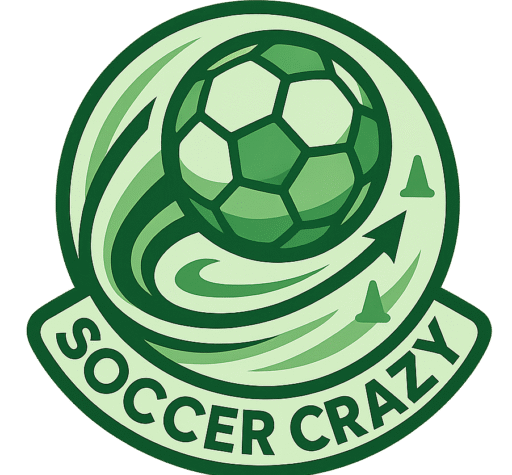
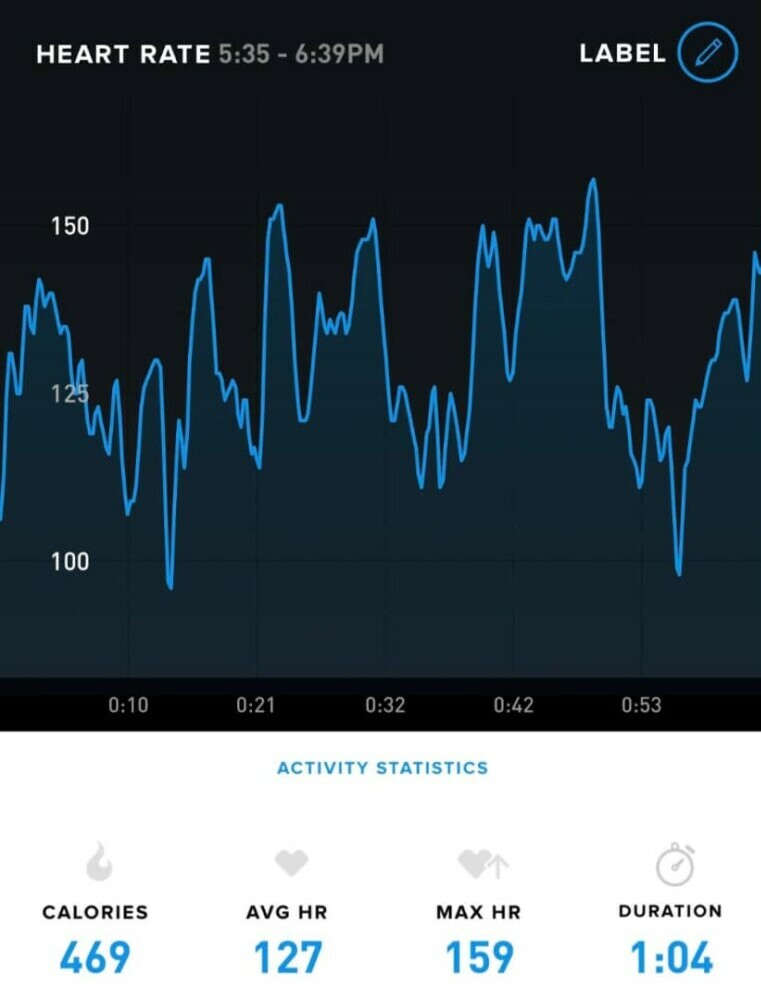
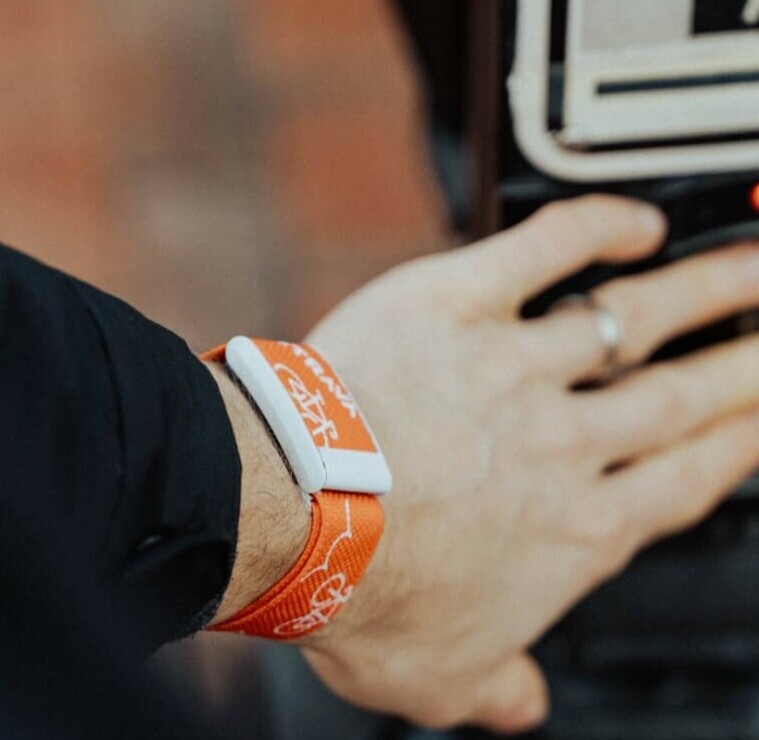
Having not played soccer since high school, I deeply appreciate the training optimization advantages that wearable technology provides to players. With real-time data, they can tailor the intensity and duration of their workouts, ensuring efficient training while reducing the risk of overtraining and injury. It’s something I wish I had access to back in my day.
What measures or protocols are in place to ensure the accuracy and reliability of the data collected by soccer wearables, particularly during intense and dynamic gameplay situations?
Thank you Matt for sharing your soccer experience.
Soccer wearables undergo extremely thorough and careful calibration and validation processes to ensure accurate data collection. Manufacturers typically conduct extensive testing under various conditions to verify the reliability of the sensors and algorithms used to capture and interpret movement and other related data. There is vast advancements in sensor technology used in soccer wearables, such as accelerometers, gyroscopes, and heart rate monitors. These sensors are designed to capture movement, biomechanics, and physiological parameters with high precision and accuracy, even during intense physical activity.
Many soccer wearables undergo field testing and validation studies involving professional athletes and teams to assess their performance in real-world scenarios. These studies involve comparing wearable data with gold standard measurements to verify accuracy and reliability. The manufacturers of soccer wearables are continuously improving their products through feedback from users and ongoing research and development efforts. This repetitive process helps address any issues related to data accuracy and reliability and ensures that wearables remain effective tools for tracking health and fitness in soccer.